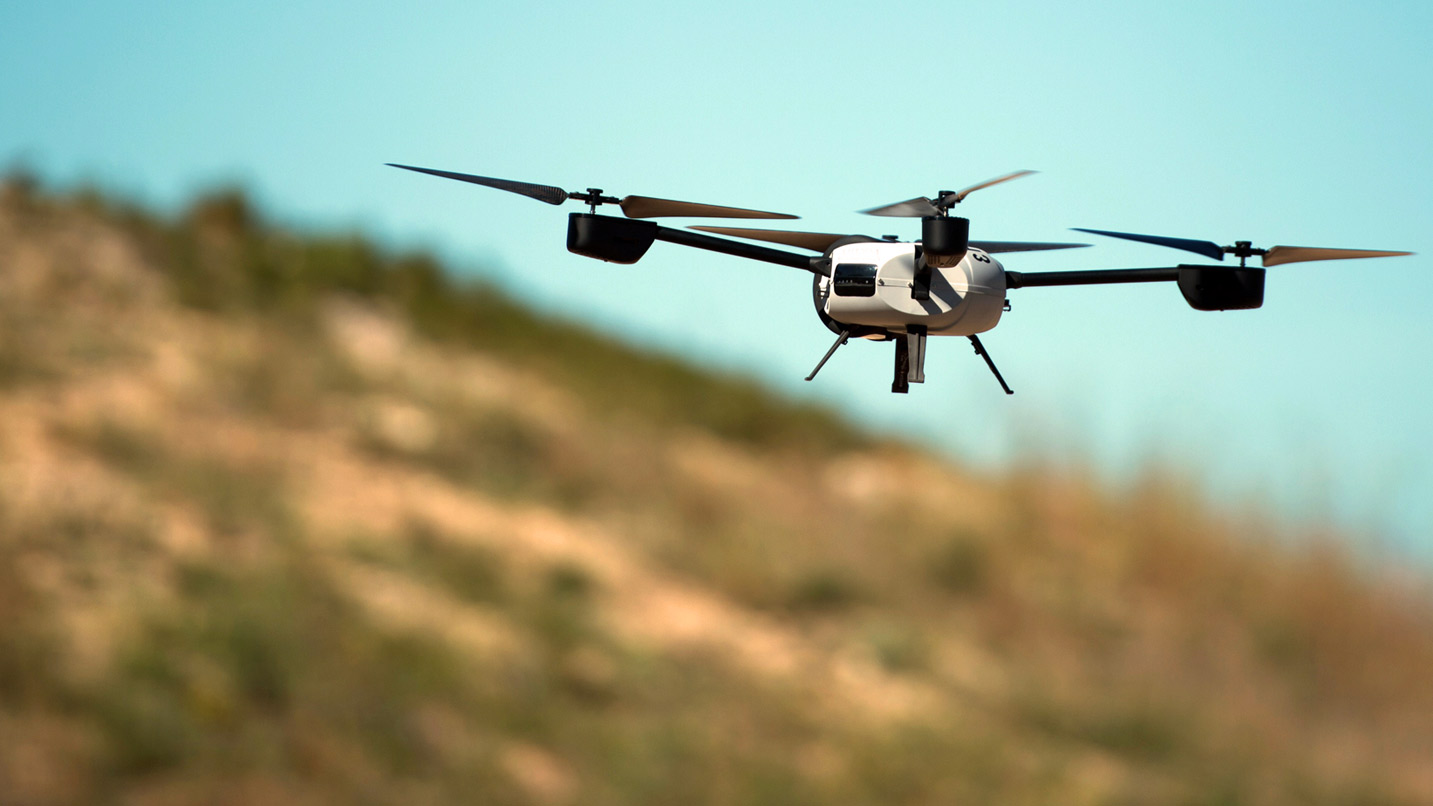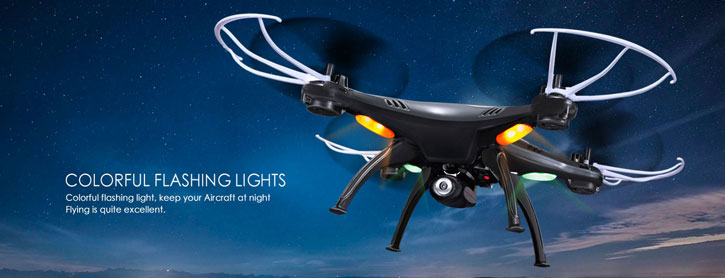
Drones are some of the most fun gadgets you can buy, but they’re a bit harder to use than the average smartphone or hoverboard. Today, we’re going to provide 10 tips on flying like a pro, whether you’re a fresh-faced beginner or you’re just looking to raise your game.
1. Check your drone before you fly
OK, you’ve got your drone and you’re eager to fly. But before you hit the sticks, there are some things you’ve got to check first, whether you’re flying for the first time or the 50th time. Go through a pre-flight checklist, just like a real pilot: are the batteries charged and properly inserted? Are all parts in place and in good condition? Are propellors and screws secure? If you’re filming, is the Micro SD card inserted? Going through these checks – and others – helps to ensure that you won’t be surprised by a sudden failure while flying.
2. Learn the controls
Mastering the controls is the key to early success with drone piloting. Start with the basics – your left stick is throttle (up/down) and yaw (left/right). Your right stick is pitch (up/down) and roll (left/right). Learn what each type of movement means, and what it looks like. Start by focus on just one – throttle – and gradually mix in new elements one at a time. Don’t try to take on too much at once. You may find it helpful to find a good guide, then print it out or keep it up on your tablet to refer to in the field.
3. Practice, practice, practice
Getting good with a drone requires practice, just like any other skill. Go to a large area free of obstacles – more on this later – and just practice the basics. Learn what each button and function of your drone does, practice using them together and in combination. Continue practicing by yourself for weeks, until you feel comfortable with the controls and confident that you can handle your drone in more challenging conditions.
It’ll take a while before you get as good as this
4. Turn off your throttle as soon as you crash
Whether you’re a newcomer or a pro, crashing is inevitable. One good way to avoid damage to your drone, living things and the environment is to cut the throttle immediately. This stops the rotors from spinning, preventing further damage to the drone and any hapless bystanders. Practice this manoeuvre repeatedly, ensuring that you can react quickly enough to minimise potential harm.
5. Keep your drone in sight
The golden rule of drone flying is this: keep your drone in sight. By keeping visual contact, you’ll be able to better see potential obstacles or hazards and find it harder to accidentally fly out of range. There’s nothing worse than an unseen drone suddenly meeting a brick wall, and not knowing where to look to find it. Keeping your drone in sight while flying is also a legal requirement in some areas, so it’s worth doing for more reasons than purely practical ones.
6. Always obey the law and fly safely
You should always read drone laws for your area before flying. Different countries, cities and areas have different rules and regulations for you to follow, and it’s important that you follow these to prevent injuries or legal problems. For example, many countries don’t permit the flying of drones above airports, above a certain elevation, or over populated areas (e.g. London). As well as obeying the letter of the law, you should also try to follow its spirit – even if laws aren’t yet on the books, think about your behaviour and avoid actions that have the potential to cause harm to others, like flying over crowds or near animals. For the UK, have a look at the CAA website.
7. Be careful when flying in the wind
Windy days are some of the most annoying conditions to fly in, making it harder to fly with stability or accuracy. Check the forecast before you make firm plans and ensure you know the conditions before taking off. Being caught off guard by a gust of wind is an easy ticket to a broken drone if you’re flying near walls or other obstacles, and it’ll just as easily ruin that gorgeous sunset shot you had planned.
8. For filming, plan your shots before takeoff
Speaking of filming, here’s a tip: make sure you plan your route and shots before you ever enter the skies. Survey the area you’ll be filming on foot, and plan a sequence based on the environment and your own abilities and equipment. Drones have a very limited flying time, so you’ll want to make the most of the time that you’re airborne.
9. Keep spares on hand
As we mentioned earlier, crashes are an inevitability, even for veteran pilots. It’s important to keep spare parts on hand, so you can make repairs in the field and continue with your planned activities. As well as a cache of replacement rotors and other common parts, it’s also helpful to keep a backup Micro SD card and battery, so you can continue shooting and flying for as long as you need.
10. Get a cheap quadcopter to practice with
It may be tempting to go immediately for a top of the line drone like a DJI Phantom, but it can be a better idea to go for something a little more affordable first. You’ll likely crash a fair amount when learning to fly, so it’s better to do that on a £50 drone than a £500 drone (and the controls are largely the same). Then, once you’ve mastered the basics, you can move onto a more expensive drone (which should also include some advanced features to further improve your capabilities).
Shop for Drones at Mobile Fun >
Thanks for checking out our top drone flying tips. Let us know what you think in the comments, and be sure to share your own drone tips if you’ve got ’em!
